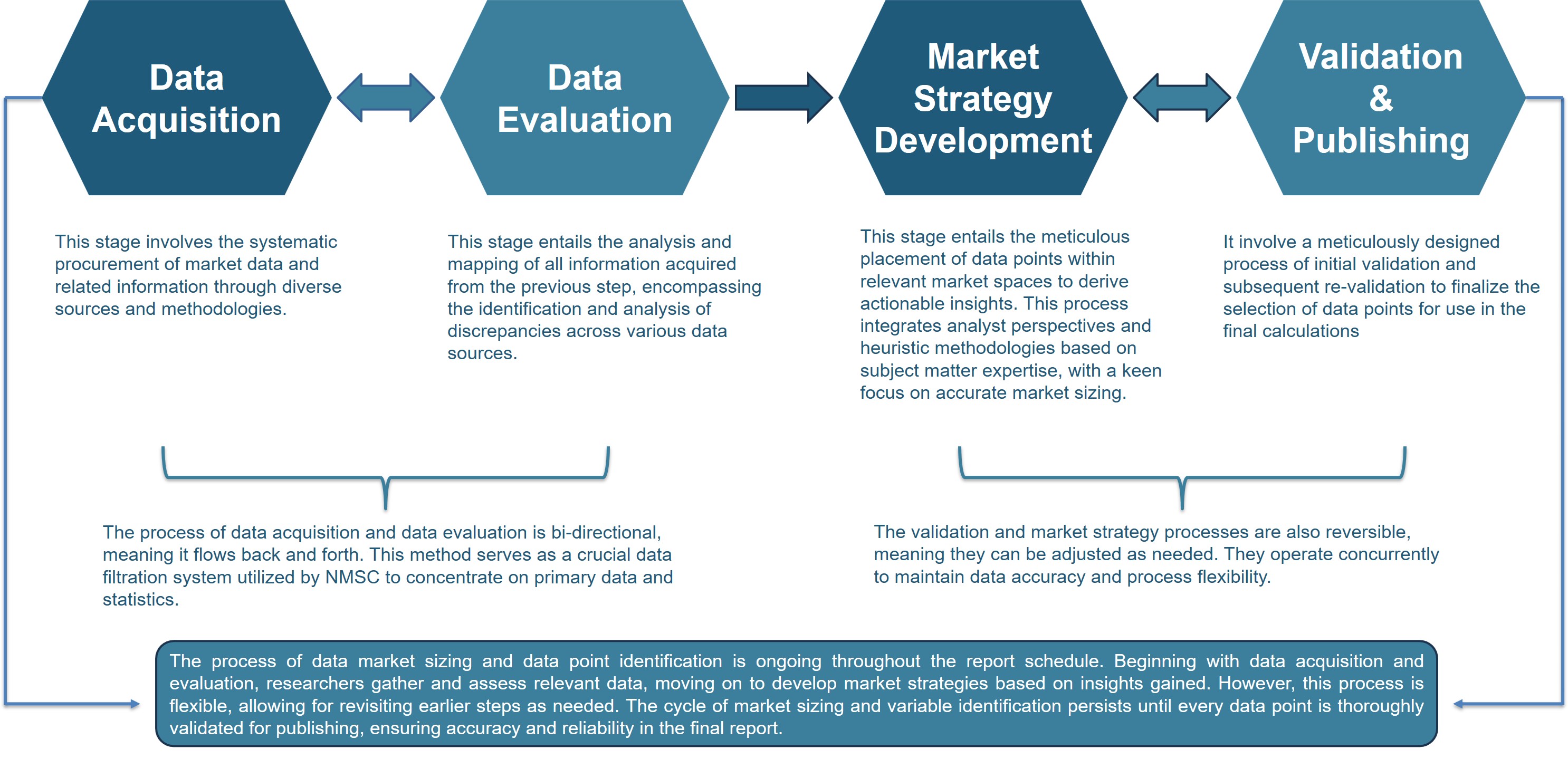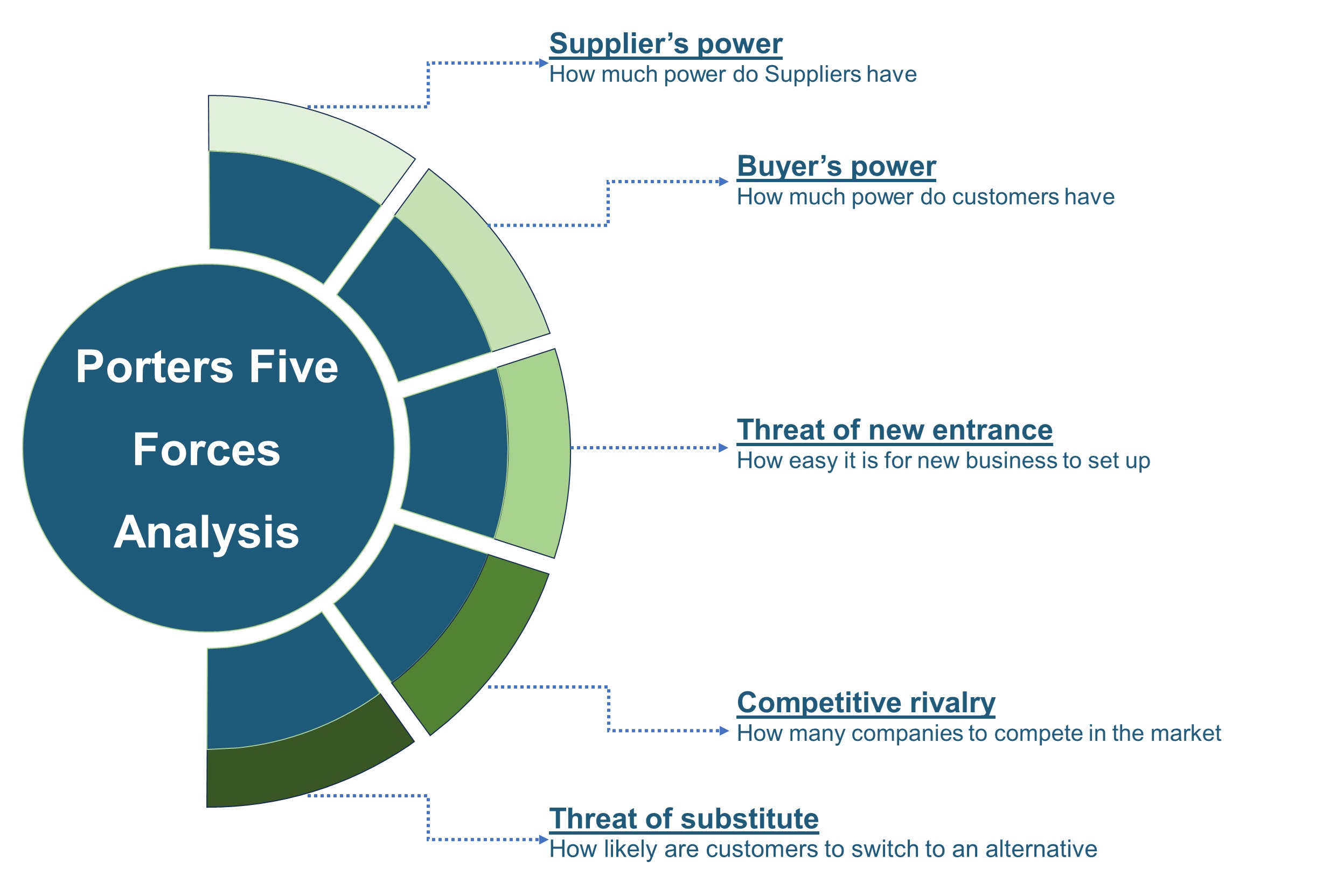
UK Construction Market by Type (Renovation, and New Construction), by Sector (Real Estate and Others), by Construction Method (Traditional Construction, Prefabricated/Modular Construction, 3D Printed Construction, Green/Sustainable Construction), and by Type of Contractor (Large Contractor, Medium Contractor and Small Contractor) – Country Industry Trends and Forecast, 2025–2030
Industry: Construction & Manufacturing | Publish Date: 24-Jun-2025 | No of Pages: 153 | No. of Tables: 117 | No. of Figures: 62 | Format: PDF | Report Code : CM2197
Industry Overview
The UK Construction Market size was valued at USD 316.38 billion in 2024, and is projected to grow to USD 356.19 billion by 2025. Additionally, the industry is expected to continue its growth trajectory, reaching USD 439.04 billion by 2030, with a CAGR of 4.3% from 2025 to 2030.
The construction market in the United Kingdom is witnessing strong growth, primarily driven by large-scale infrastructure developments initiated in 2024 and 2025, which are enhancing national connectivity and energy capacity. This surge is further supported by the substantial contribution of the infrastructure sector to the country’s economy, reinforcing its role as a critical growth engine.
However, the sector also grapples with regulatory complexities, where intricate approval processes and bureaucratic hurdles often lead to project delays and increased costs. Amid these challenges, the growing adoption of digital technologies such as Building Information Modeling (BIM), AI, IoT, and cloud-based solutions presents a promising opportunity, enabling greater efficiency, collaboration, and innovation across project lifecycles.
Government-Led Infrastructure Investment Fuels Construction Market Growth
The UK construction market is witnessing robust growth, driven by substantial government investment in large-scale infrastructure projects. Key initiatives, such as HS2, Hinkley Point C, and the National Highways programme, are injecting billions into the sector, stimulating demand for construction services and innovative engineering solutions. In 2025, the government’s infrastructure pipeline, valued at over £650 billion for the next decade, underscores its commitment to modernizing transport, energy, and public facilities. These projects not only enhance national connectivity and sustainability but also bolster the market by creating opportunities for major contractors like Balfour Beatty and Laing O’Rourke, driving economic activity and job creation.
Rising Housing Demand Accelerates Residential Construction Growth
The UK construction sector is experiencing significant expansion, propelled by escalating demand for housing amid population growth and urbanization. The government’s target of delivering 300,000 new homes annually to address chronic housing shortages fuels activity for leading housebuilders like Barratt Developments and Taylor Wimpey. In 2025, urban centers, particularly in the South East, see heightened construction of residential and mixed-use developments, supported by planning reforms and schemes like Help to Buy. This surge in housing demand drives market growth, encouraging investment in sustainable building practices and community-focused developments to meet the nation’s evolving needs.
Labor Shortages and Skills Gaps Hinder Construction Market Progress
The UK construction market faces significant challenges due to persistent labor shortages and skills gaps, constraining its growth potential. In 2025, the industry struggles with a deficit of skilled workers, exacerbated by an aging workforce and reduced EU labor inflows post-Brexit. The Construction Industry Training Board estimates a need for 225,000 additional workers by 2027 to meet project demands, particularly for major infrastructure and housing initiatives. These shortages increase project costs and cause delays, impacting firms like Skanska and Balfour Beatty, and limiting the sector’s ability to deliver on ambitious government targets.
Adoption of Green Construction Technologies Drives Market Innovation
The UK construction market is poised for growth through the adoption of green construction technologies, presenting a significant opportunity for innovation. In 2025, the push for net-zero carbon emissions by 2050 encourages companies like Laing O’Rourke and Barratt Developments to invest in sustainable materials, modular construction, and energy-efficient designs. Government incentives and regulations, such as the Future Homes Standard, support this shift, fostering demand for eco-friendly projects. This trend not only aligns with global sustainability goals but also attracts investment and enhances the market’s competitiveness, positioning the UK as a leader in green infrastructure.
Competitive Landscape
The market players operating in the UK construction industry include China State Construction Engineering Corp. Ltd. (CSCEC), China Railway Group Ltd. (CREC), China Railway Construction Corp. Ltd. (CRCC), China Communications Construction Group Ltd. (CCCC), Metallurgical Corporation of China Ltd. (MCC), Power Construction Corp. of China, Vinci SA, China Energy Engineering Corp. (CEEC), Shanghai Construction Group (SCG), Bouygues Group, and others.
UK Construction Market Key Segments
By Type
-
Renovation
-
New Construction
By Sector
-
Real Estate
-
Residential
-
Affordable
-
Luxury
-
-
Commercial
-
Retail Buildings
-
Office Buildings
-
Hospitality
-
Healthcare Facilities
-
Educational Institutes
-
Entertainment Ventures
-
-
-
Infrastructure
-
Transportation
-
Airport
-
Port
-
Rail
-
Road
-
-
Water and Wastewater
-
Energy
-
Telecommunication
-
-
Industrial
-
Manufacturing Plant
-
Warehouses
-
Power Plants
-
Oil Refineries
-
Chemical Plants
-
By Construction Method
-
Traditional Construction
-
Prefabricated/Modular Construction
-
3D Printed Construction
-
Green/Sustainable Construction
By Type of Contractor
-
Large Contractor
-
Medium Contractor
-
Small Contractor
Key Players
-
Laing O’Rourke
-
Morgan Construction Limited
-
Manchester & Cheshire Construction
-
M Group Services Limited
-
Skanska
-
Balfour Beatty
-
Barratt Developments Plc
-
Taylor Wimpey Plc
-
Persimmon Plc
-
Bellway Plc
-
Morgan Sindall Plc
-
Kier Group Plc
-
Keller Group Plc
-
Berkeley Group Holdings
-
Costain Group Plc
REPORT SCOPE AND SEGMENTATION:
|
Parameters |
Details |
|
Market Size in 2024 |
USD 316.38 Billion |
|
Revenue Forecast in 2030 |
USD 439.04 Billion |
|
Growth Rate |
CAGR of 4.3% from 2025 to 2030 |
|
Analysis Period |
2024–2030 |
|
Base Year Considered |
2024 |
|
Forecast Period |
2025–2030 |
|
Market Size Estimation |
Billion (USD) |
|
Growth Factors |
|
|
Companies Profiled |
15 |
|
Market Share |
Available for 10 companies |
|
Customization Scope |
Free customization (equivalent up to 80 working hours of analysts) after purchase. Addition or alteration to country, regional, and segment scope. |
|
Pricing and Purchase Options |
Avail customized purchase options to meet your exact research needs. |

















 Speak to Our Analyst
Speak to Our Analyst

















